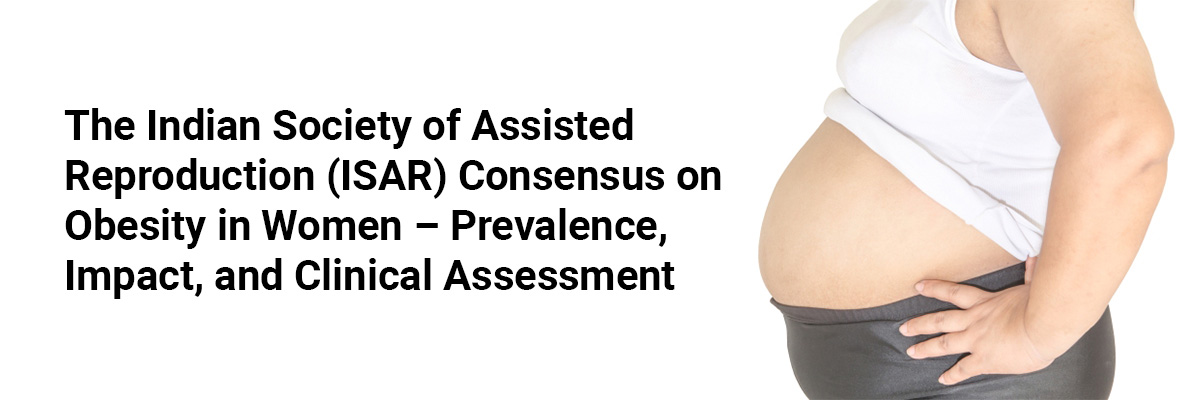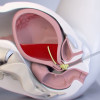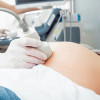
The Indian Society of Assisted Reproduction (ISAR) Consensus on Obesity in Women – Prevalence, Impact, and Clinical assessment
Obesity has become a major global and national concern, particularly impacting women's health – and renders various adverse outcomes such as polycystic ovarian syndrome, infertility, gestational diabetes mellitus, miscarriages, and congenital disabilities. Despite its common occurrence, managing obesity effectively remains challenging––underscoring the need for better-targeted interventions for Indian women.
This expert consensus employed a set of 14 key clinical questions––developed through a literature review, with evidence quality assessed using the GRADE approach. The Delphi methodology was utilized.
Prevalence:
Key Question: Has there been an increase in obesity among Indian women of reproductive age, and is this trend observed in other Asian women?
- Consensus Statement: The prevalence of obesity in Indian women has notably risen, with similar trends seen among South Asian women of reproductive age.
- Evidence: A 2019 systematic review found significant variation in obesity prevalence in India based on factors such as – age, gender, geography, and socioeconomic status. Studies consistently show higher obesity rates in women compared to men, with urban women at greater risk. A 2022 study reported a 52.4% obesity rate among women aged 18-30 years. Rai et al. found a 27.2% rate of overweight among women in rural Eastern India. Das Gupta et al. noted that 33.5% of women of reproductive age were overweight or obese. The National Family Health Survey (2019–2021) indicated 33.2% obesity among urban women and 19.7% among rural women.
Impact of Obesity on Women:
Key Question: What are the adverse effects of obesity on reproductive and maternal health?
- Consensus Statement: Obesity affects women's health from menarche through menopause – contributing to complications such as diabetes during pregnancy, macrosomia, increased cesarean deliveries, and negative impacts on offspring health.
- Evidence: Obesity increases risks like gestational diabetes, cesarean delivery, and large-for-gestational-age babies. Excessive weight gain during pregnancy affects offspring health – leading to increased abdominal fat and poor lipid profiles.
Obesity also correlates with higher rates of uterine fibroids and urinary incontinence, with prevalence rates of UI being 60% in overweight and 81.4% in obese women.
Clinical Assessment:
Key Question: Should additional assessment methods be used alongside BMI and waist circumference for obese women in Indian gynecology practice?
- Consensus Statement: Along with BMI and waist circumference, anthropometric measurements and laboratory assessments are crucial for evaluating obesity.
- Evidence: In South Asia, BMI is commonly used, but waist circumference should also be measured. Comprehensive obesity evaluation includes medical history, physical examination, and laboratory tests. Regular inclusion of waist circumference in clinical practice could improve patient care.
Laboratory assessments should cover general tests and adipose-related markers. Body composition assessments like bioelectrical impedance and dual-energy X-ray absorptiometry are also useful. A proposed management algorithm could improve obesity care for Indian women and enhance health outcomes.
Source: Palshetkar N, Pai H, Patel M, et al. Indian J Obstet Gynecol Res 2024;11(3):330-344













Please login to comment on this article